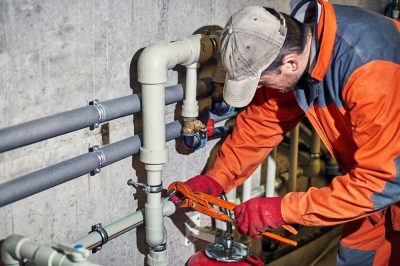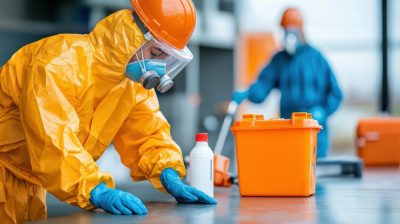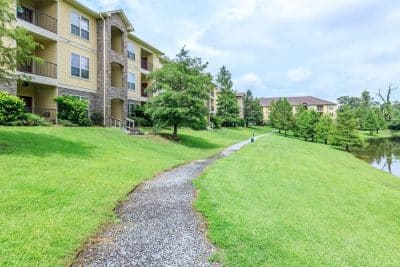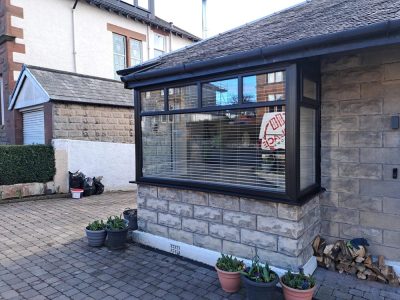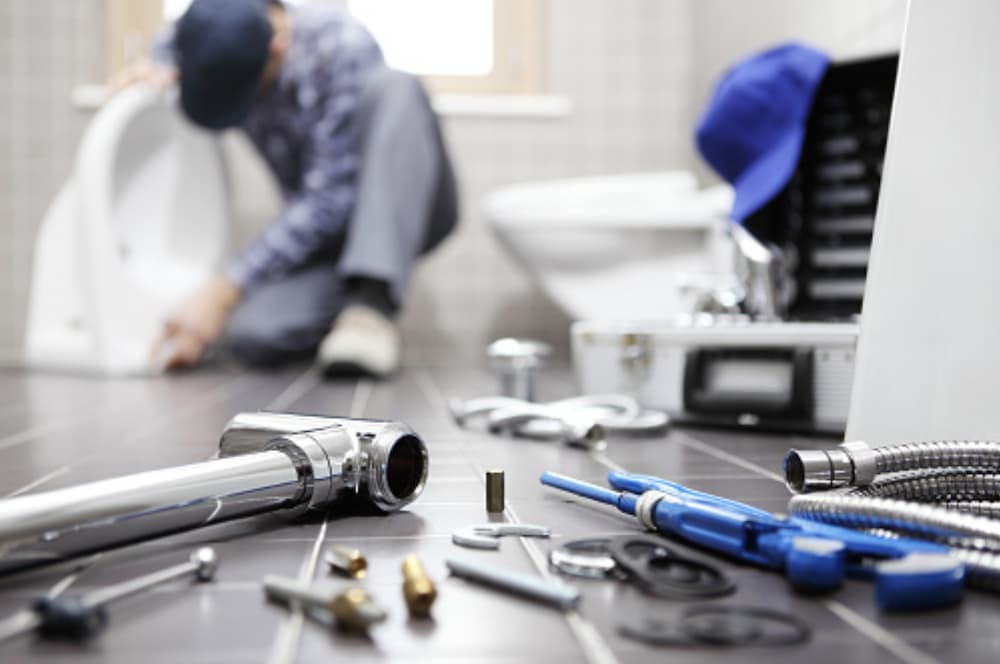
As a homeowner, you probably don’t think about your home’s plumbing system until there’s a problem. When that happens, it can affect the daily routine of your household. While you can always hire plumbing experts to fix these issues, a little knowledge can be very useful in making decisions about your plumbing. By understanding how different parts of your plumbing system work, you can prevent some plumbing issues or equip yourself to do DIY repairs.
Keep reading to learn the plumbing basics of your home water system and how to make common repairs.
Understanding Your Home’s Plumbing System
The plumbing system has three main parts: the water supply system, water distribution and heating system, and drainage system. All these parts play an important role in delivering clean water and removing waste from your home.
The Water Supply System
The water supply system brings clean water into the house from city water lines or wells. If you live in an established residential area in the city or suburb, you are most likely using municipal or city water.
City water enters your house from a large pipe that’s parallel to your street. Before entering your house’s plumbing system, the water flows through a meter that measures the amount of water used in your house. If your connection to the main line has a problem, you should call a professional immediately to resolve the issue.
If you don’t have access to city water, you can get fresh water from a well, provided you obtain permits from the local authorities. Water from a well must be pumped into the house at high pressures. Low pressure can prevent the water from reaching some parts of your house. Some of the main causes of low water pressure are leaks and blockages. You can easily handle leaks if they’re caused by loose connections, but you may have to call a professional if the leaks are caused by broken pipes.
Distributing Water in Your Home
Once water enters your home, different components aid in distributing the water to different parts of the house. These include the following:
Stop Valves
Water supply stop valves provide an easy and convenient way to control the flow of water through pipes. If you have a leak in one of the faucets, it would be impractical to shut off your house’s entire water supply system. Instead, you can use the stop valves in different parts of the house to isolate the part where you need to do repairs or replacement.
Hot and Cold Water
Cold water flows straight into your taps or toilet tanks from the main water supply system. However, the hot water you use for showering and washing dishes comes from a water heater connected to the main water supply. Water heaters use different means such as solar, gas, or electricity to warm the water. You can regulate the temperature of the water using a thermostat, which is usually built into the heater.
Waste Water and Drainage System
The drainage system drains dirty water from your home into a septic field or a municipal wastewater system. Your home should remain clean as long as the drainage system’s pipe network is designed well and used properly. The main components of a plumbing drainage system include:
- Vents: Vents are the small pipes that run up and out through your home’s roof. They ensure water flows well through the pipes by letting air into the drainage system. If the vents get blocked, vacuum forms in the drain pipe, making water flow more slowly than it should.
- Traps: Traps are the curved sections of pipe beneath your sinks or behind your toilets. Clogs typically form in these spots, so you should know how to remove them to clear minor blockages.
- Sewer grinder pump: If your home’s drainage system is below the main sewer line or septic tank, you need a grinder pump to keep the system flowing. The pump collects and grinds solid waste from wastewater before pumping it out to the sewer.
Common Plumbing Problems and How to Solve Them
Catching plumbing problems early can save you time and money. Here are some of the most common plumbing issues and how to solve them:
- Leaks: Leaks can occur in fixture connections, pipe joints, or other parts of your plumbing system. Some of the most common causes of leaks include cracked pipes, faulty valves, or loose fittings. Unfixed leaks can lead to excess water wastage, property damage, and mold risks. To fix leaky pipes, you should first turn off the water supply, then tighten pipe connections or apply plumber’s tape to repair minor leaks. For more severe leaks, you should have a professional handle the repairs.
- Clogs: Clogs are often caused by accumulated soap scum, hair, or debris. You can address minor clogs by using a plunger, drain snake, or baking soda and vinegar treatment. If you can’t dislodge a clog after trying out all of the above solutions, call a professional plumber for help.
- Low water pressure: Leaks, mineral buildup in pipes, and problems with the main water supply can lead to low water pressure. You can diagnose a low-pressure problem by using a pressure gauge. To get an accurate reading, make sure water isn’t being used anywhere in the house and that the water faucet is fully turned on. A typical home water meter should read between 40 and 50 psi, so if your readings aren’t within this range, then you have a low water pressure. To resolve low-pressure issues, flush your pipes, adjust your regulator, and check the valves if they are fully turned on.
Keep Your Plumbing System in Good Shape
Plumbing issues can affect the quality of your life at home. Even a few hours without functioning drains or running water can be a serious problem, especially for people with large families. Therefore, you should maintain your plumbing system and make prompt repairs to keep your house comfortable, efficient, and eco-friendly.
As a rule of thumb, you should have your plumbing system inspected once every two years by a professional. This will help you spot and address possible issues before they mushroom into bigger problems.

